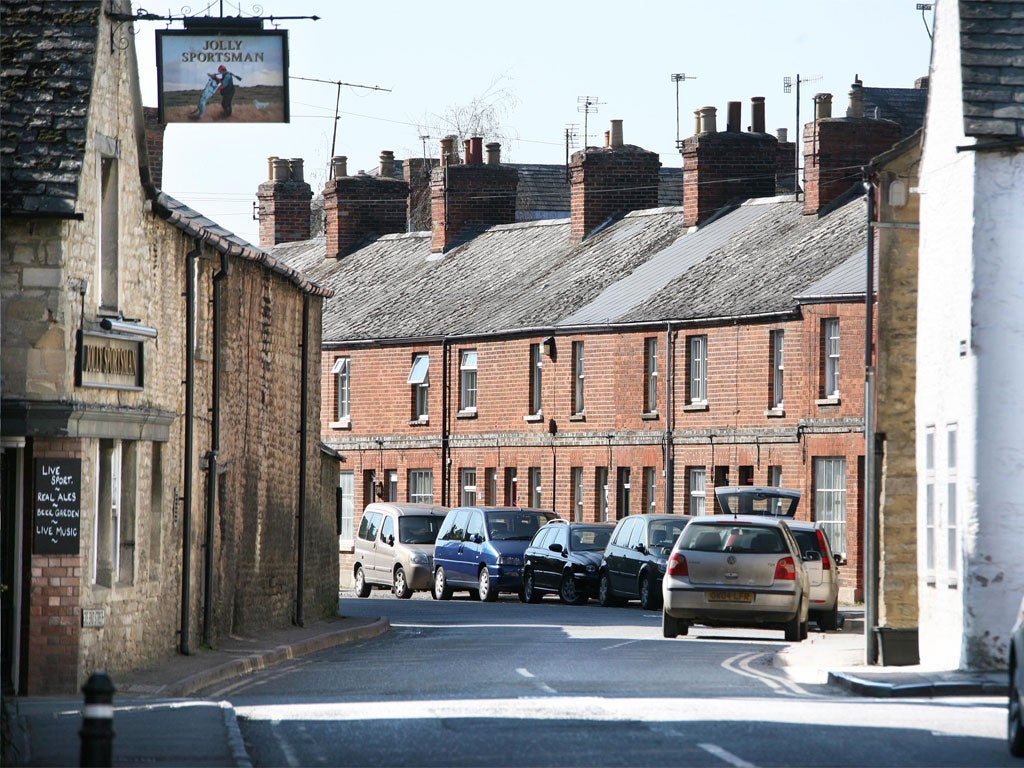'It's bog-standard rural England, and it's wonderful'
Charlie Cooper discusses planning reform with the villagers of Eynsham in Oxfordshire

It is a balmy spring day on the western edge of the village of Eynsham, seven miles from Oxford. People are walking their dogs down green lanes that lead into open country and airy fields.
On a day such as this, with the sun in the sky and the birds singing, it's easy to see why the locals are concerned that developers might have their eyes on this bit of rural England.
Eynsham lies just outside the Oxford Green Belt. It is not protected land, nor an area of outstanding natural beauty. "It is just bog-standard English countryside," says Helen Marshall, of the Campaign to Protect Rural England (CPRE). "And it's wonderful."
Although the revised national planning-policy framework has guaranteed pre-existing protection for the Green Belt, sites of special scientific interest and national parks, it is the hundreds of ordinary, unprotected areas such as the fields west of Eynsham which campaigners and local residents have been worrying about.
"It's not striking and dramatic land, but it's very much loved. Ordinary, local people have access to it," Ms Marshall said. "Developers have been trying to build here since the 1970s and always people have been able to push it back. The anxiety has been that, if the rules are changed, whether or not the safeguards are going to be there to enable locals to protect the land that they love."
Jules Smith, a 45-year-old villager who works as a PA at an Oxford college, said: "I'm not averse to change, but the primary school and the doctors' surgery are already under pressure here because so many people have moved in. It is a beautiful village with some lovely countryside on its edge, where I walk my dog. More development could spoil it."
"I can't stand here and be self-righteous," said one resident of the threatened western end of the village. "When my house was built in the 1930s, I'm sure the farmer in the next field thought it spoilt his view.
"But developers must be sensitive to the nature of a village. The local amenities have a limited capacity. I worry that regardless of legislation, if someone wants to build something enough, things get bulldozed through regardless of regulations." With a "presumption in favour of development", some fear this trend could accelerate with devastating effect.
"People value their countryside," Ms Marshall says.
"People here are not anti-growth, but this village has absorbed development already," Ms Marshall says. There are many empty homes in this country that could be converted and brownfield sites that could be built on. At what point do you stop and say, 'No more houses here'?"
Join our commenting forum
Join thought-provoking conversations, follow other Independent readers and see their replies
Comments